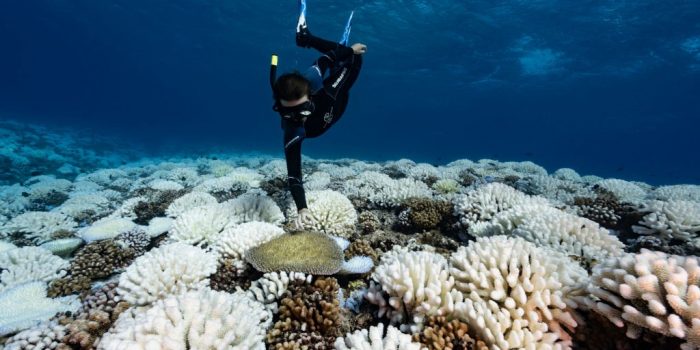There is a new research proposal that will restore the damaged coral reefs. This will be done through 3D-printed skeletons made of the same material as the real ones.
The regrowth of these damaged corals has been tried upon by replacing them with ones made from concrete or polymers but it was not as effective. This took a lot of time for proper regrowth.
A team of scientists at Saudi Arabia’s King Abdullah University of Science and Technology (KAUST) came up with a method to make skeletons that would be made up of calcium carbonate. The process is called the 3D CoraPrint and it starts with a 3D scan of the natural coral skeleton.

In one method, the scan is used to emulate the skeleton. This copy is made up of plastic. Then, a silicone mold is made from the model that is then filled with an “eco-friendly and sustainable” calcium carbonate ink. Once it is set, the skeleton is removed from the mold.
The other method comprises the 3D emulation of the skeleton straight out of the calcium carbonate ink, which cures as it’s deposited on the print bed. In both approaches, the skeleton created is then infused with small pieces of the live coral, so the poly colonization process starts.
Both approaches have their pros and cons. The molded skeletons have to be very small for the ink to be cured inside. The direct printing method gives bigger outputs, but it takes a long time.

“With 3D printing and molds, we can get both flexibility and mimicry of what’s already going on in nature,” says Zainab Khan, who is leading the study along with Charlotte Hauser and Hamed Albalawi. “The structure and process can be as close as possible to nature. Our goal is to facilitate that.”
The research is described in a paper that was recently published in the journal ACS Sustainable Chemistry & Engineering.


